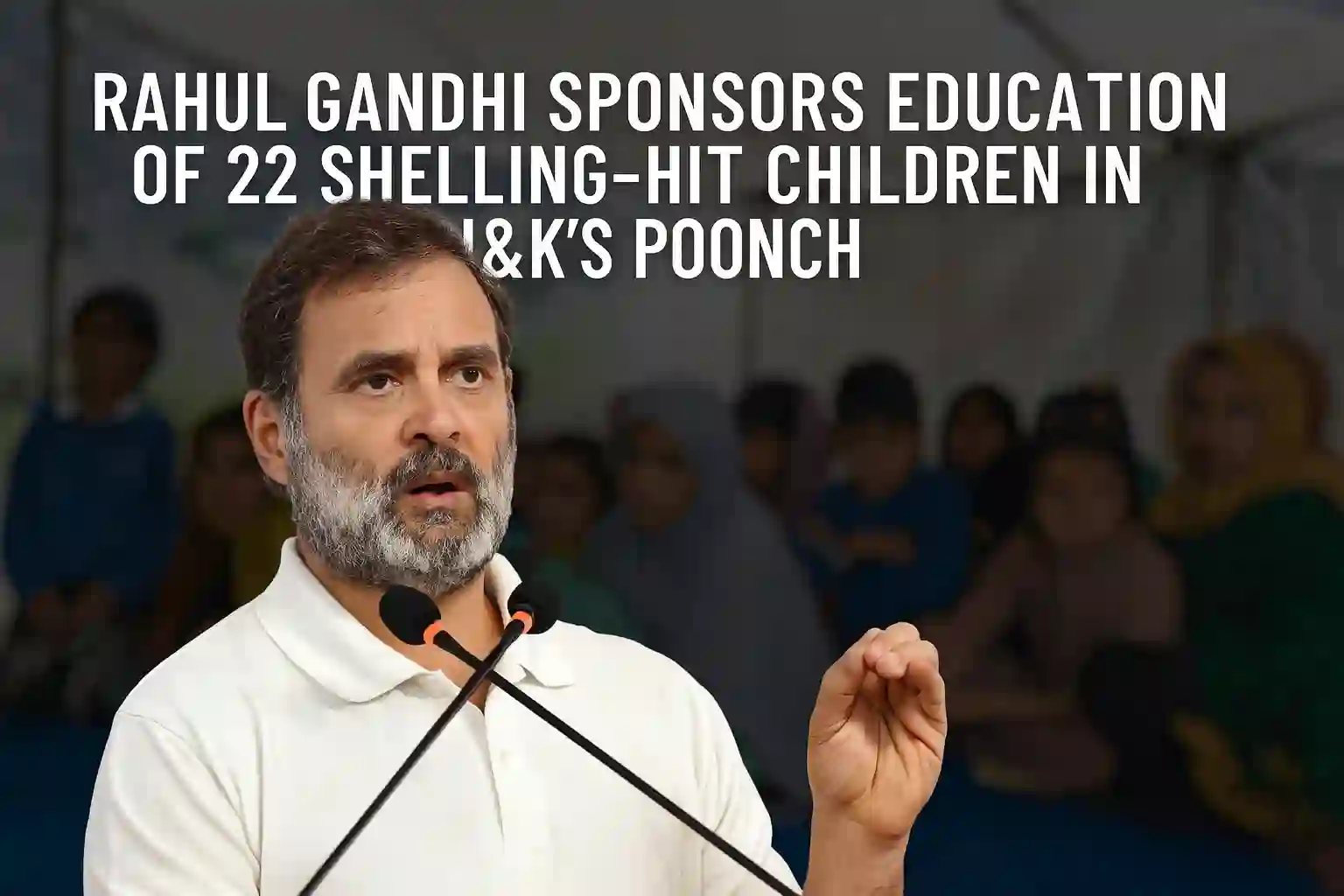Chapter 10 of Class 12 Physics, titled Wave Optics, explains how light behaves as a wave rather than just a ray. This chapter deals with phenomena that cannot be explained by ray optics alone, such as interference, diffraction and polarisation. These concepts are essential to understand the true nature of light and are regularly asked in CBSE board exams as well as in NEET and JEE.
I’m writing about this chapter because wave optics is one of those parts of physics that many students find a bit confusing at first, especially when they shift from ray-based thinking to wave behaviour. But the concepts here are not just theoretical. They explain many natural phenomena like the colours in soap bubbles or how sunglasses reduce glare. Knowing wave optics helps in understanding real-world applications in optics, photography, fibre communication and even in laser technologies. That’s why it’s important to have a clear understanding and an easy-to-access PDF of this NCERT chapter.
What is Covered in Chapter 10 Wave Optics
Wave optics is based on the idea that light is an electromagnetic wave and its behaviour can be explained using Huygens’ principle. Here’s a breakdown of the important topics:
Huygens’ Principle
- Every point on a wavefront acts as a source of secondary wavelets.
- The new wavefront is the tangential surface to these secondary wavelets.
- Helps to derive laws of reflection and refraction.
This is a base concept and is used throughout the chapter to explain wave behaviour.
Refraction and Reflection Using Wavefronts
- Wave optics proves Snell’s Law using Huygens’ principle.
- Shows how the bending of light and its speed change from one medium to another.
Interference of Light
- Interference is when two or more waves superimpose to form a new wave.
- Constructive Interference: When waves add up to give bright fringe.
- Destructive Interference: When waves cancel each other, producing a dark fringe.
Coherent and Incoherent Sources
- Coherent sources have constant phase difference and same frequency.
- Laser is a real-life example of a coherent source.
Diffraction of Light
- Bending of light around the edges of an obstacle or aperture.
- More significant when the size of the obstacle is comparable to the wavelength.
- Explained using single-slit diffraction pattern.
Polarisation of Light
- Wave nature of light proves that it is a transverse wave.
- Only transverse waves can be polarised.
- Polarised sunglasses work based on this principle.
- Uses include 3D glasses, stress analysis and photography.
Difference Between Interference and Diffraction
| Feature | Interference | Diffraction |
|---|---|---|
| No. of sources | At least two coherent sources needed | Can occur with a single slit or object |
| Pattern | Regular and equally spaced fringes | Central maxima is wider than other fringes |
| Brightness | Nearly equal | Unequal, central fringe is brightest |
Download PDF – NCERT Class 12 Physics Chapter 10
The official NCERT PDF for Wave Optics is available for free and can be downloaded directly from the NCERT website. It contains clear explanations, diagrams, solved examples and in-text questions for self-check.



















